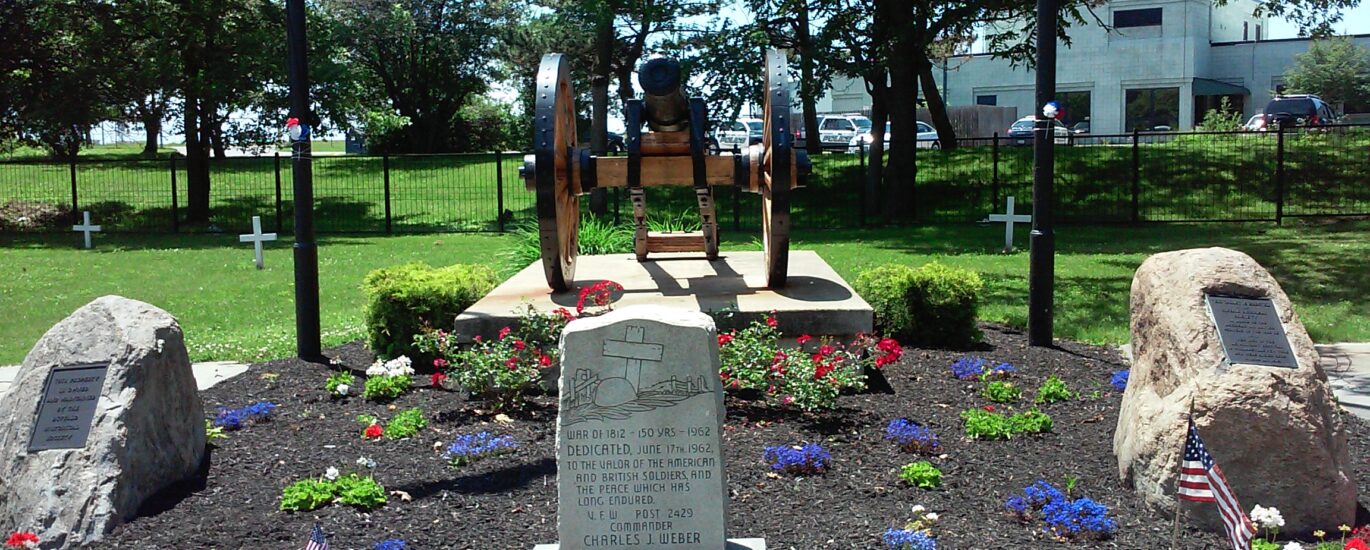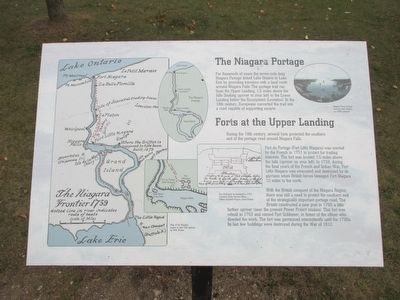Welcome to the War of 1812 Cemetery, a hidden testament to the histories that shaped the landscape of New York. Nestled in the area of Williamsville, this cemetery offers a glimpse into a turbulent time in American history.
During the harsh winter of 1812, General Alexander Smyth led his troops to winter quarters in Williamsville after an unsuccessful attempt to invade Canada. The soldiers erected a series of cabins along Garrison Road, which later served as a hospital. This area, crucial during the war, became a focal point for military activity on the Niagara Frontier.
The War of 1812 was a conflict fraught with hardships and strategic maneuvers. In December 1812, the regular army, initially stationed in Buffalo, moved to Williamsville. Letters from soldiers and officers, such as Lt. Patrick McDonough and General Smyth, provide evidence of their presence and the challenging conditions they faced. McDonough, writing to his parents, mentioned the construction of huts on the land owned by Colonel Williams, indicating the strategic importance of the location.
Williamsville’s cantonment, often referred to as the ‘Unicorn’ of the village due to its elusive history, was more than just a military encampment. It housed a temporary hospital that would later become a significant medical facility. The cemetery is believed to hold the remains of both American and British soldiers, a somber reminder of the war’s casualties.
Notable figures associated with the area include General Smyth, who commanded the troops, and Baptist Irvine, who communicated concerns about the army’s placement. Despite the difficulties, the cantonment became a hub of military and medical activity.
Today, the War of 1812 Cemetery stands as a historical site, preserving the stories of those who endured the harsh winter and the trials of war. It is a place of reflection, where visitors can connect with the past and honor the memory of those who served.



